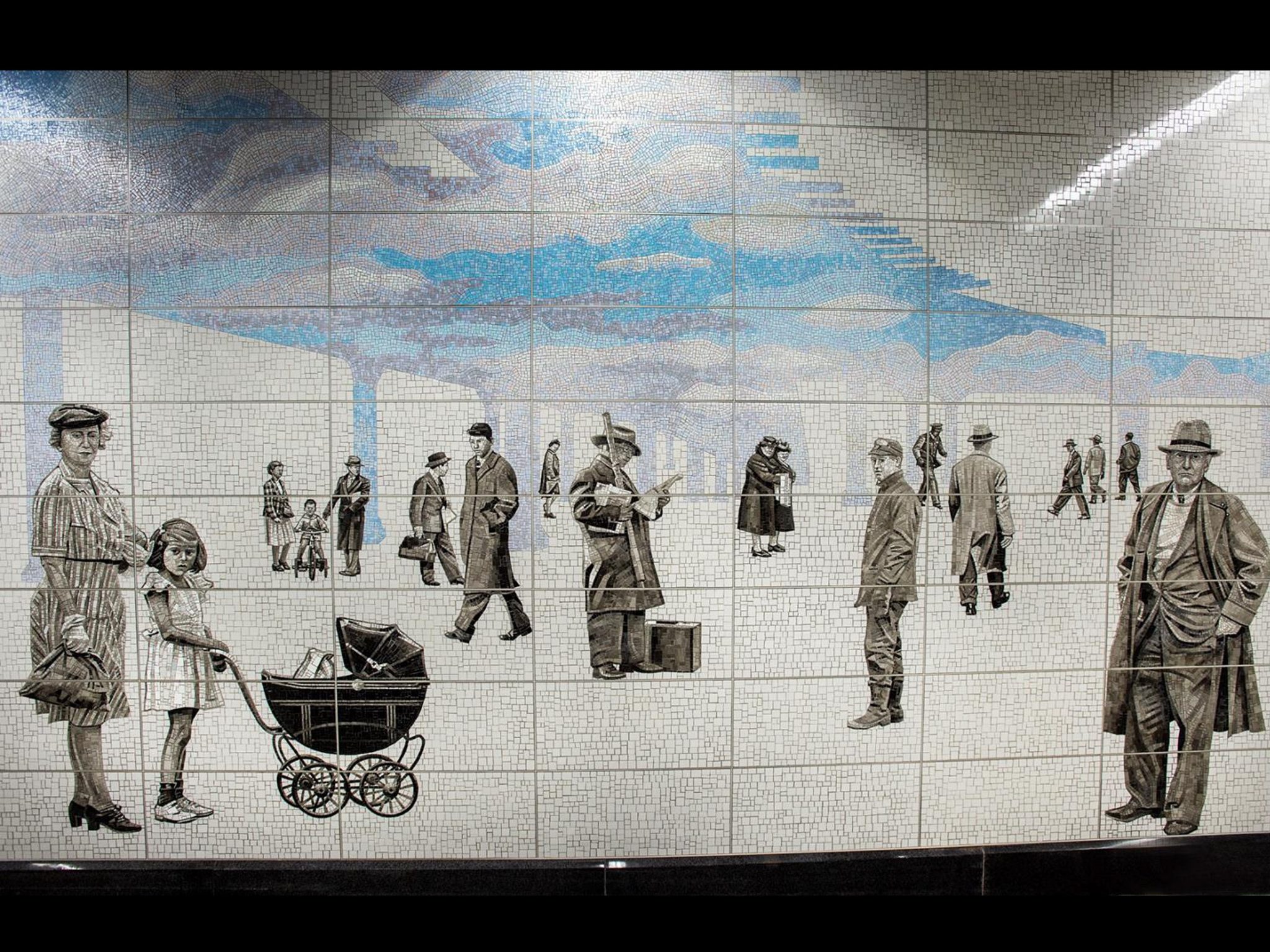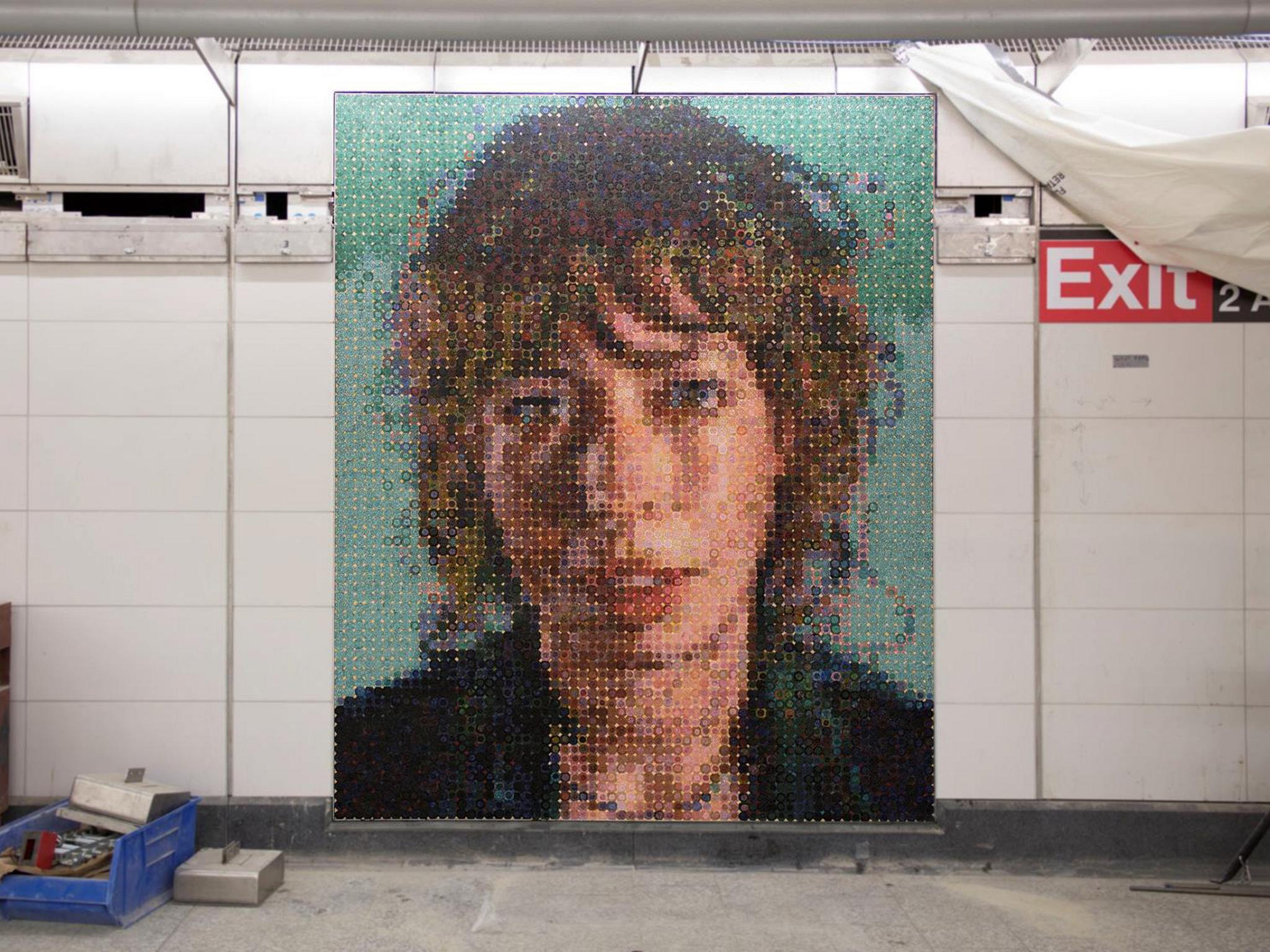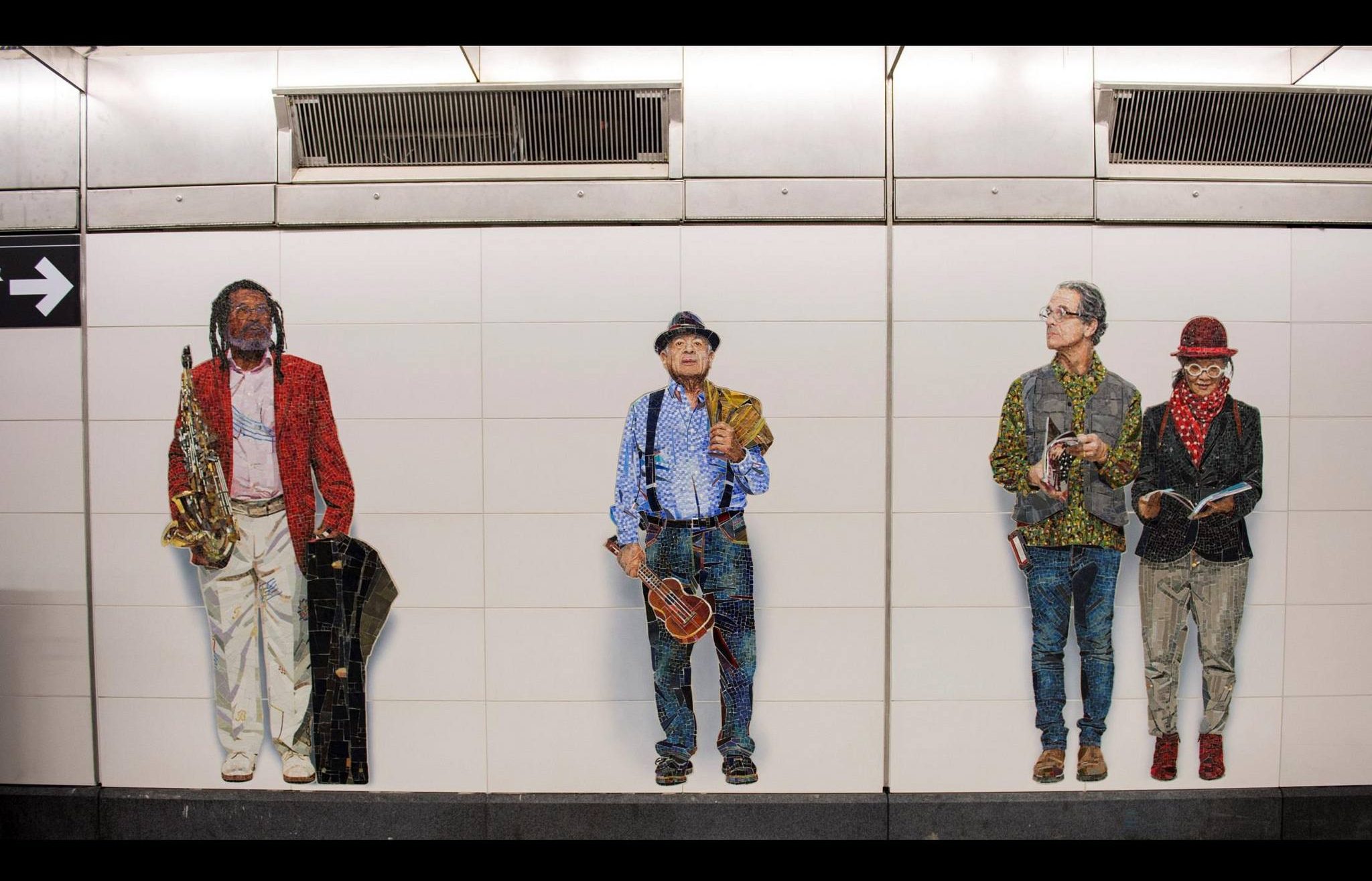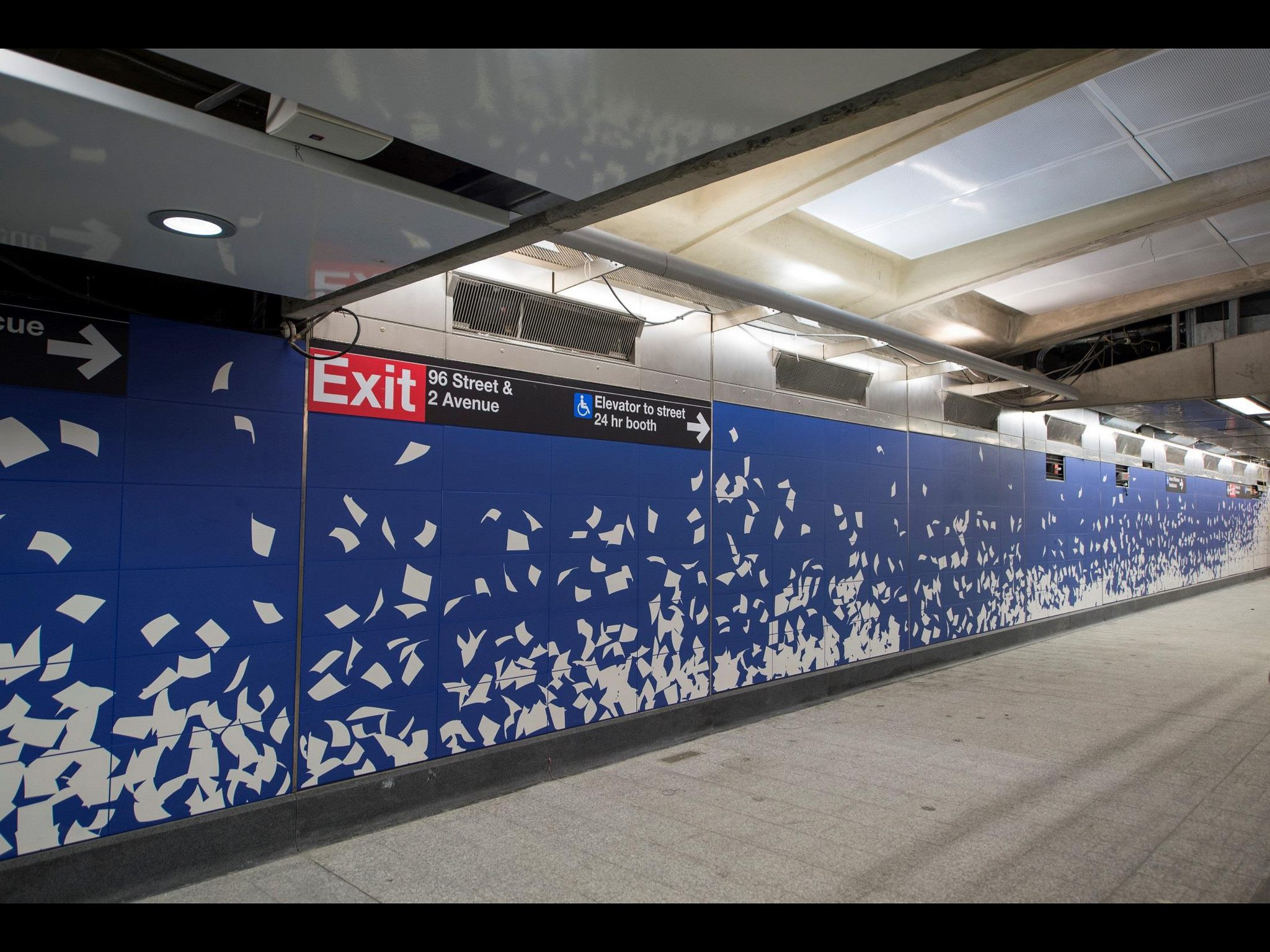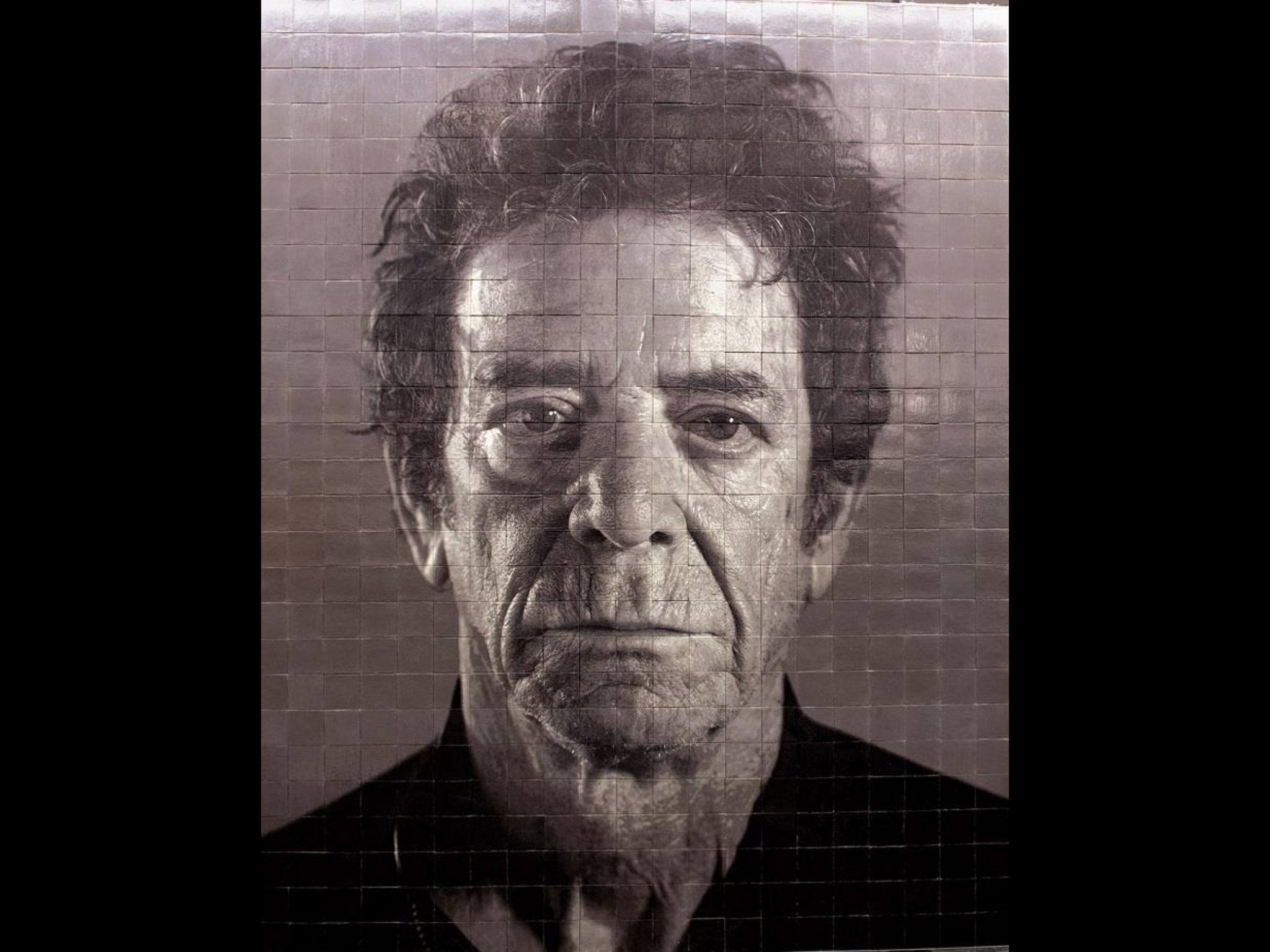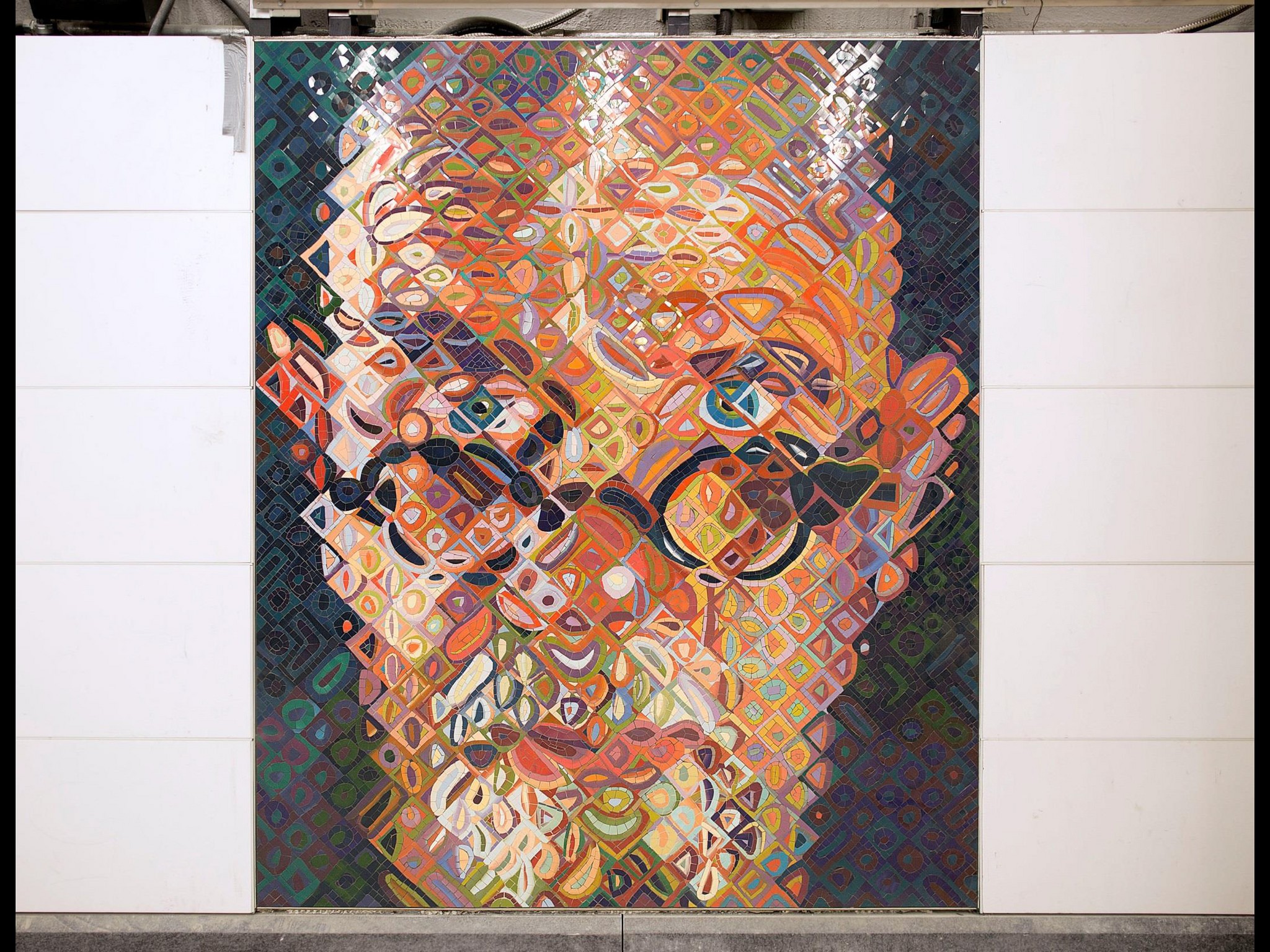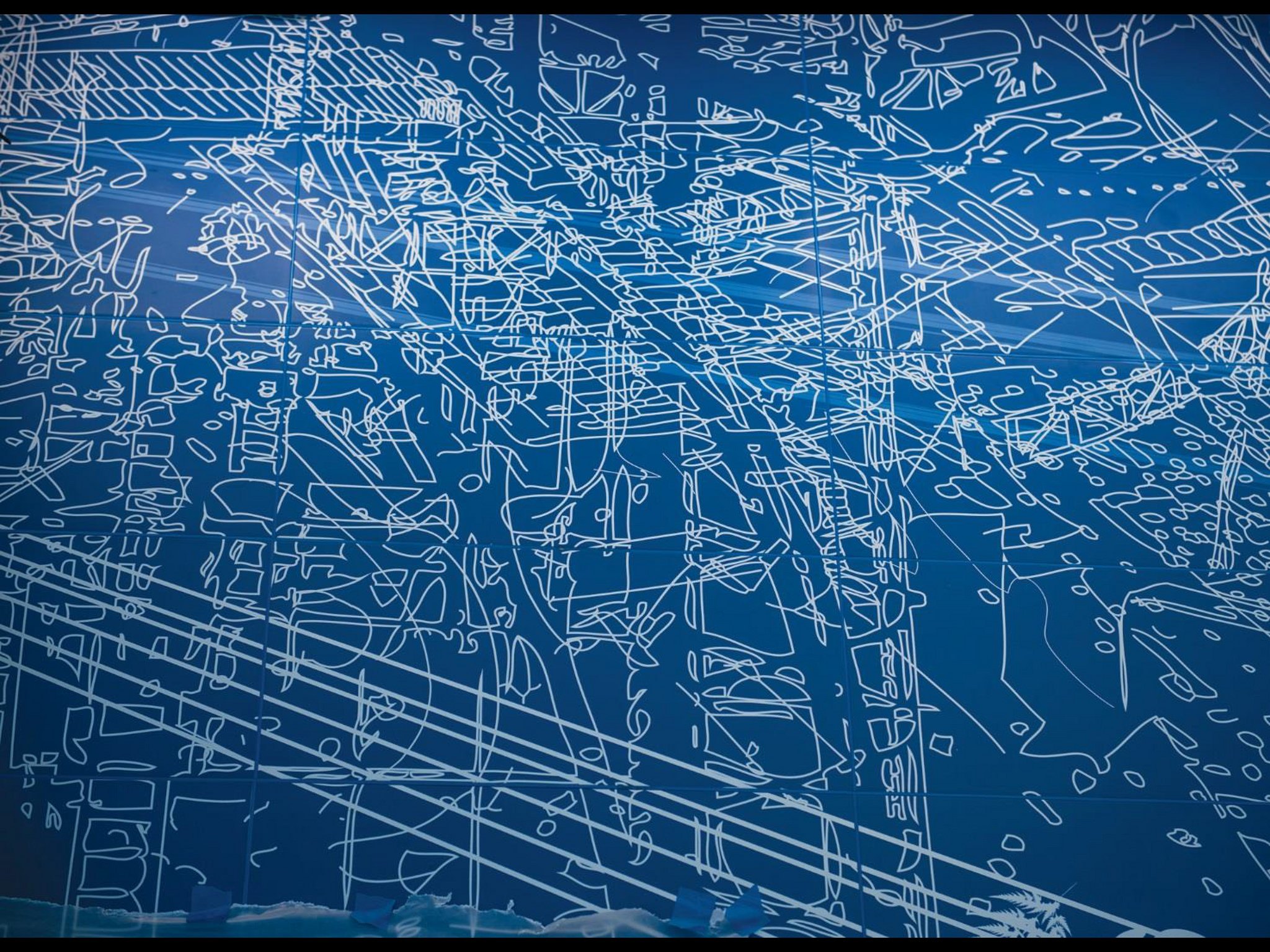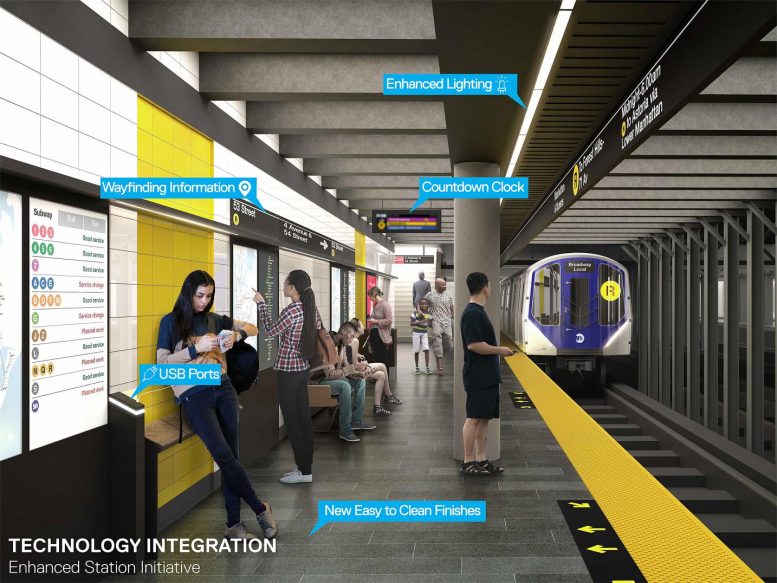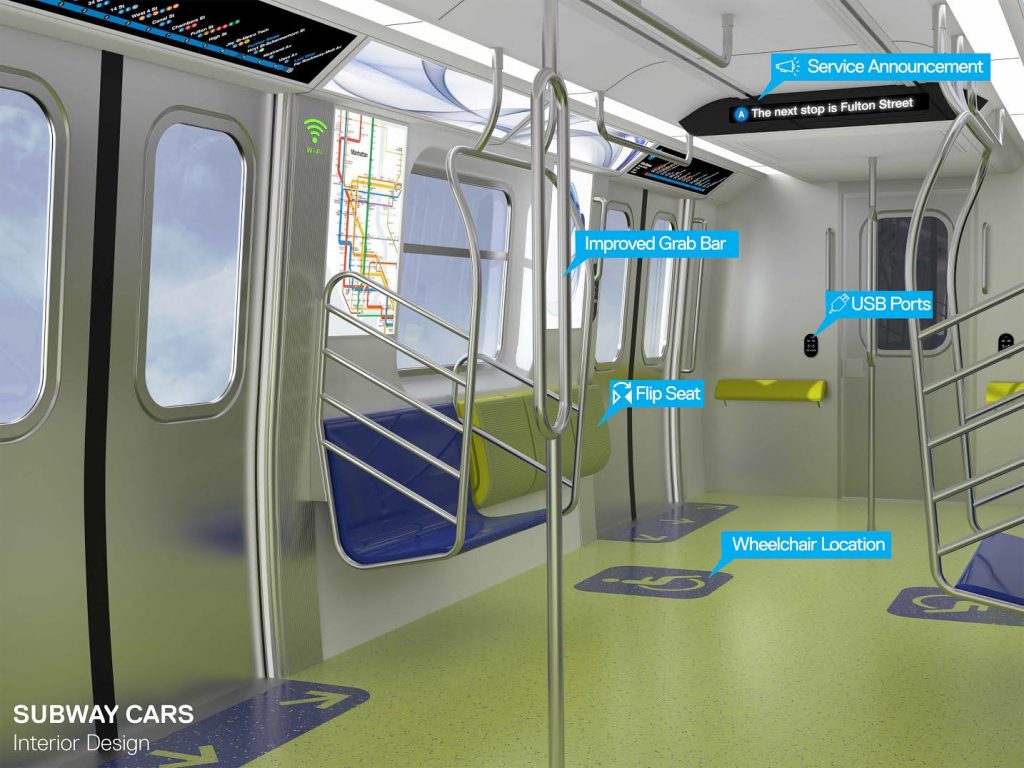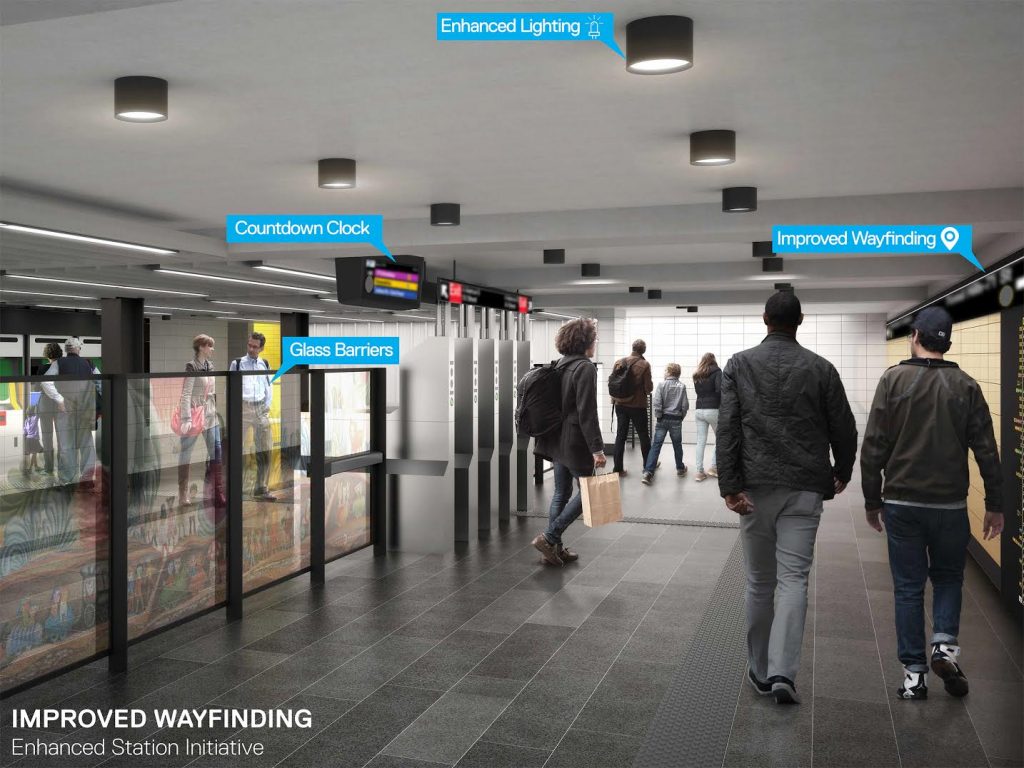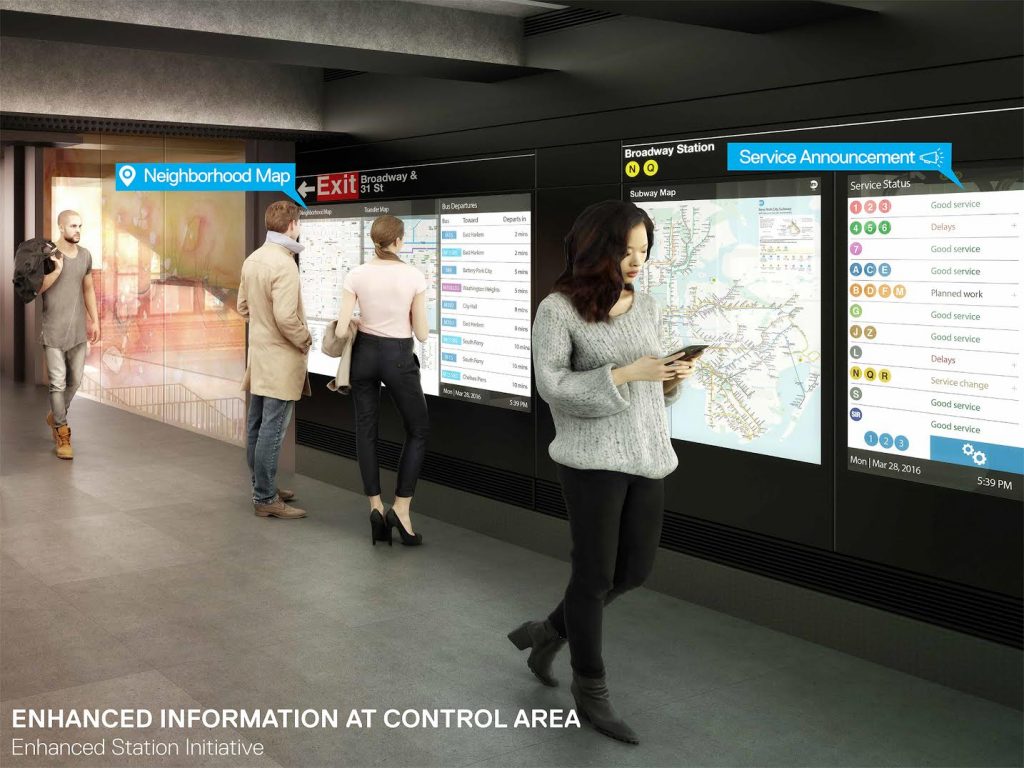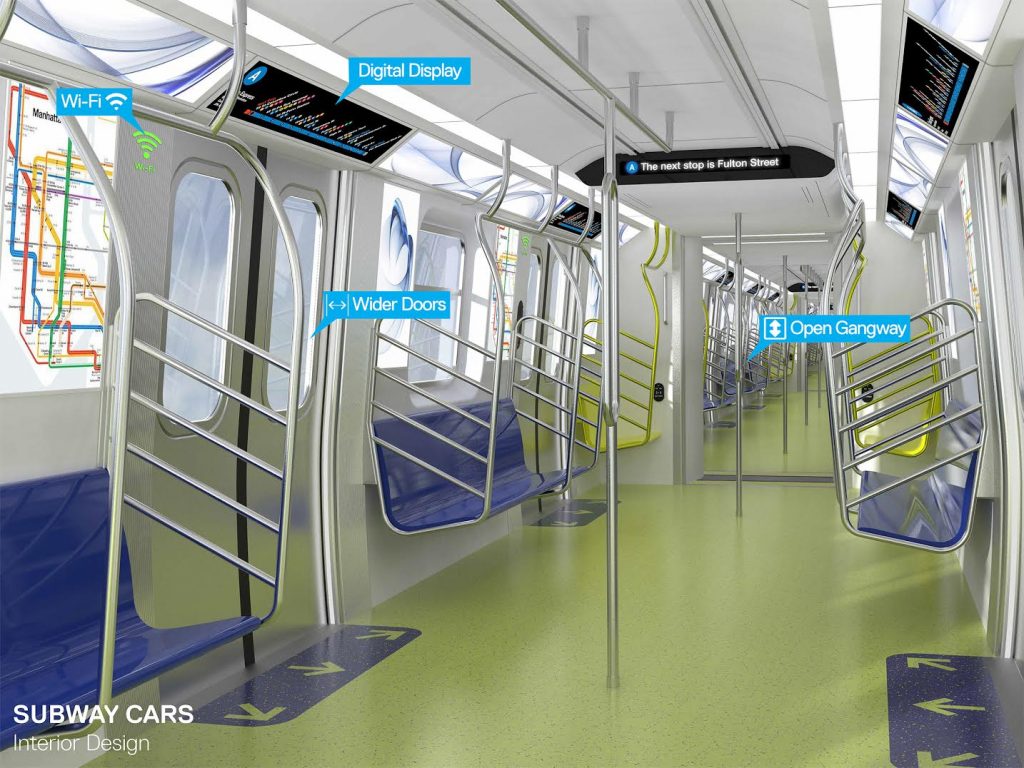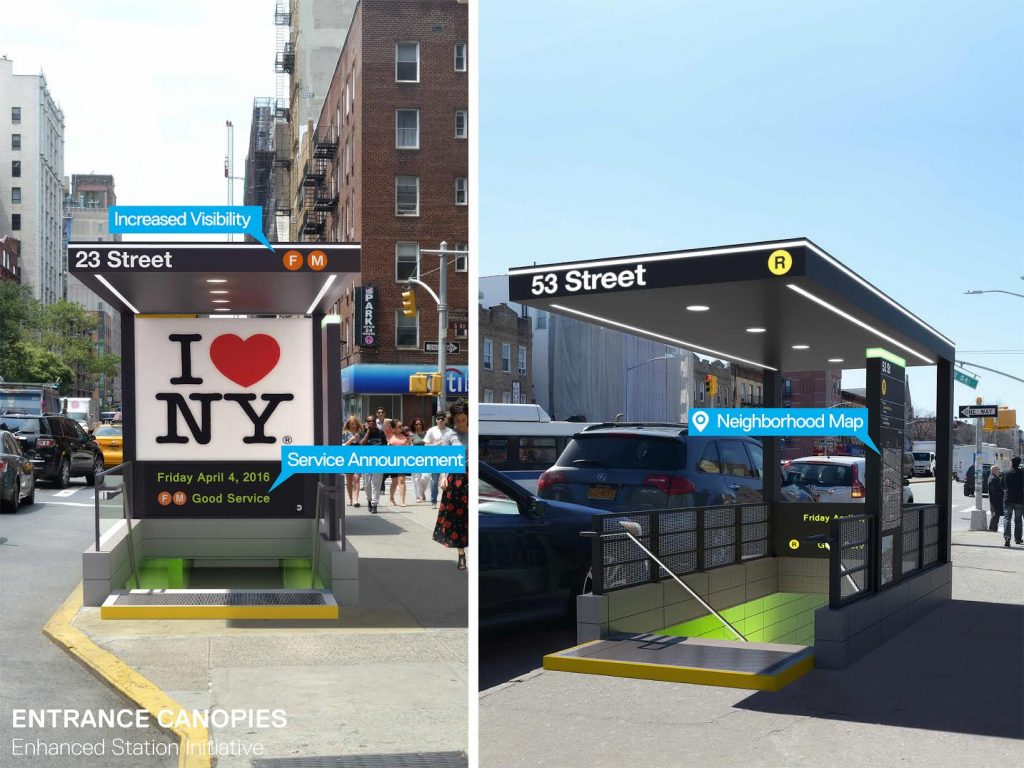There are countless relics from the subway’s past hidden beneath NYC, but one of the most intriguing will reveal itself again in just 10 days when the Second Avenue Subway (SAS) invites straphangers to swipe their Metro cards for the first time. As Quartz noticed this past summer, a peculiar loop cutting through Central Park appeared when the MTA released their new subway map touting the addition of the SAS. Reporter Mike Murphy immediately questioned the mysterious addition that would move the Q train further north without issue (“I felt like people would have noticed if the MTA had been ripping up Central Park to build a tunnel,” he wrote). After a bit of digging, he found out the half-mile stretch was built over 40 years ago and, at least according to archival maps, it’s only been used only twice since then.
With the help of the Transit Museum, Murphy found that the “ghost line” runs between the 57th Street and 7th Avenue, and Lexington Avenue and 63rd Street in Manhattan, and was built in the 1970s as part of a past attempt to bring the Second Avenue Subway to life. The plan, however, was squashed when the city went into recession.
1998 map depicting the ghost tunnel via Quartz courtesy of the NYC Transit Museum
But the line wasn’t a total waste. Working with museum archivist Halley Choiniere, Murphy found two instances, of about six months each, where the tunnel appeared on transit maps. He writes:
“In 1995, the mysterious tunnel was included on the map when the Manhattan bridge was out of service, allowing Q trains to cross back over to Long Island farther up the East River while the bridge was being worked on. Once the work was completed in late 1995, the tunnel disappeared, and the Q train went back to its regular route. In 1998, the tunnel reappeared as a special temporary shuttle service while work was being done on the Sixth Avenue line, cutting off access to lower Astoria through the regular route. Again, when the work was finished, the tunnel disappeared, and the map went back to its regular delineations.”
And now, with the SAS opening in just over a week, the Q train will once again be rerouted—but this time permanently—to travel through the forgotten tunnel and up the newly constructed line.
[Via Quartz]


